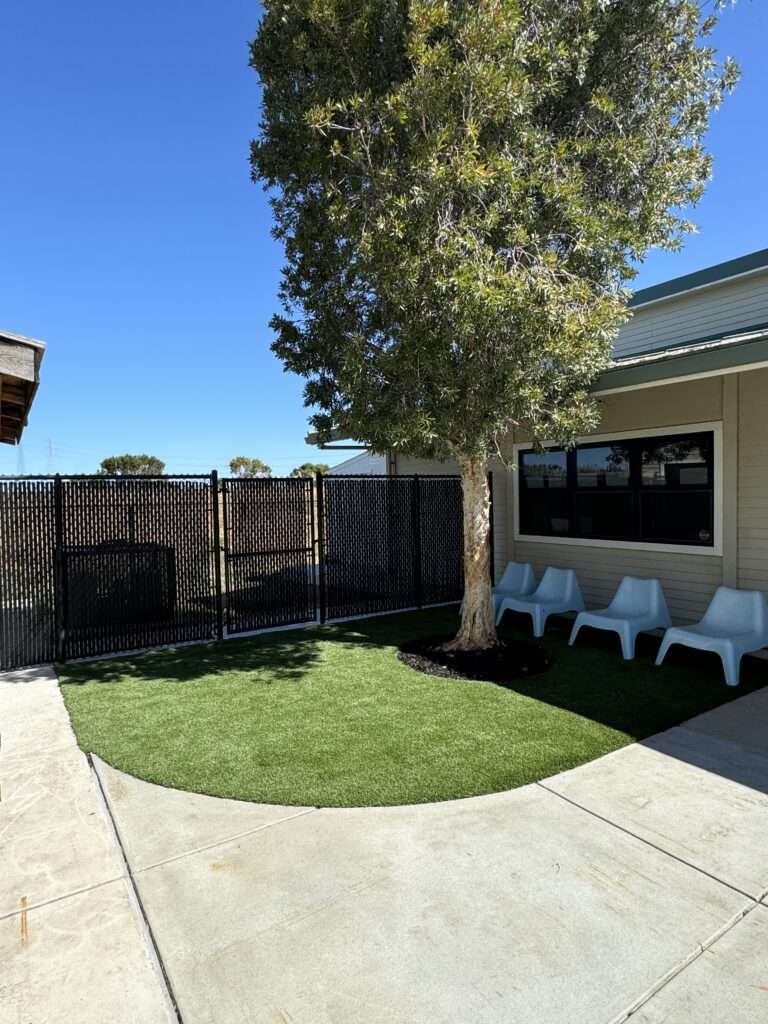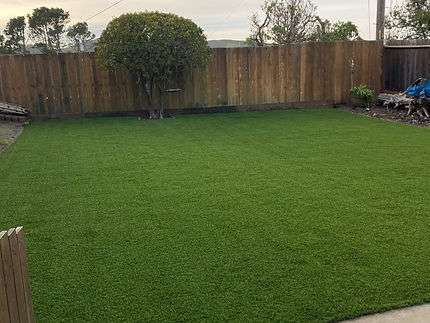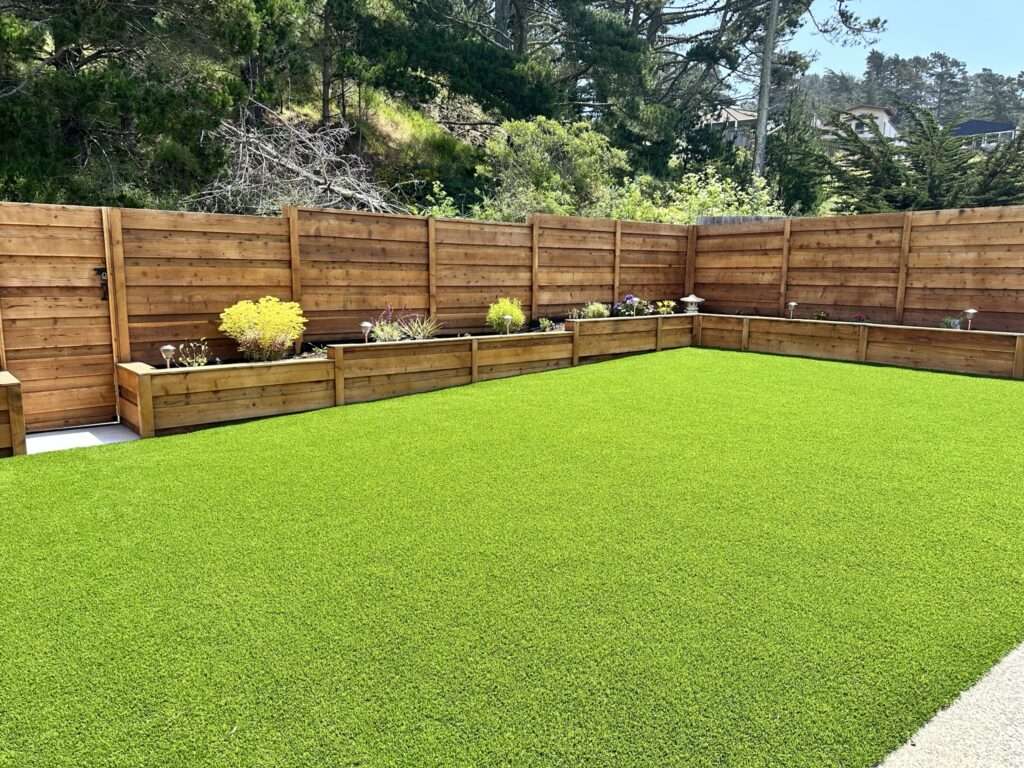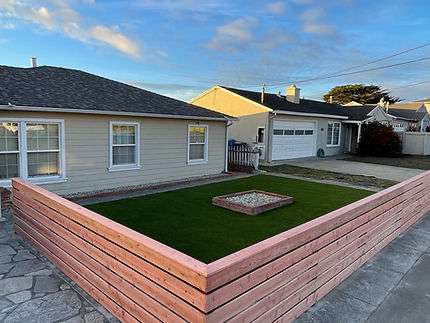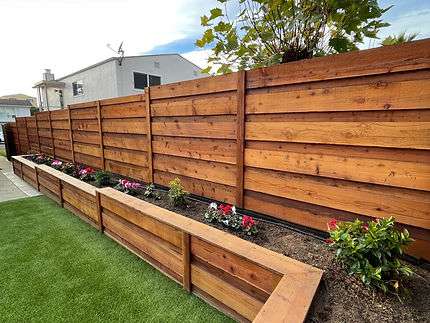Introduction
Laying pavers in dirt is an easy and cost-effective way to enhance outdoor spaces such as patios, walkways, and garden paths. Unlike concrete or mortar-based installations, this method requires minimal effort and provides flexibility for adjustments. In this guide, we will walk you through the process of how do you lay pavers in dirt step by step.
Table of Contents
Tools and Materials Needed
Before starting, gather the following tools and materials:
- Pavers of your choice
- Shovel or spade
- Rake
- Measuring tape
- Level
- Tamper or hand compactor
- Landscaping fabric (optional)
- Sand or soil for filling gaps
If you’re missing any essential tools, consider exploring Amazon’s tool section for patio installations.
Step-by-Step Guide on How Do You Lay Pavers in Dirt
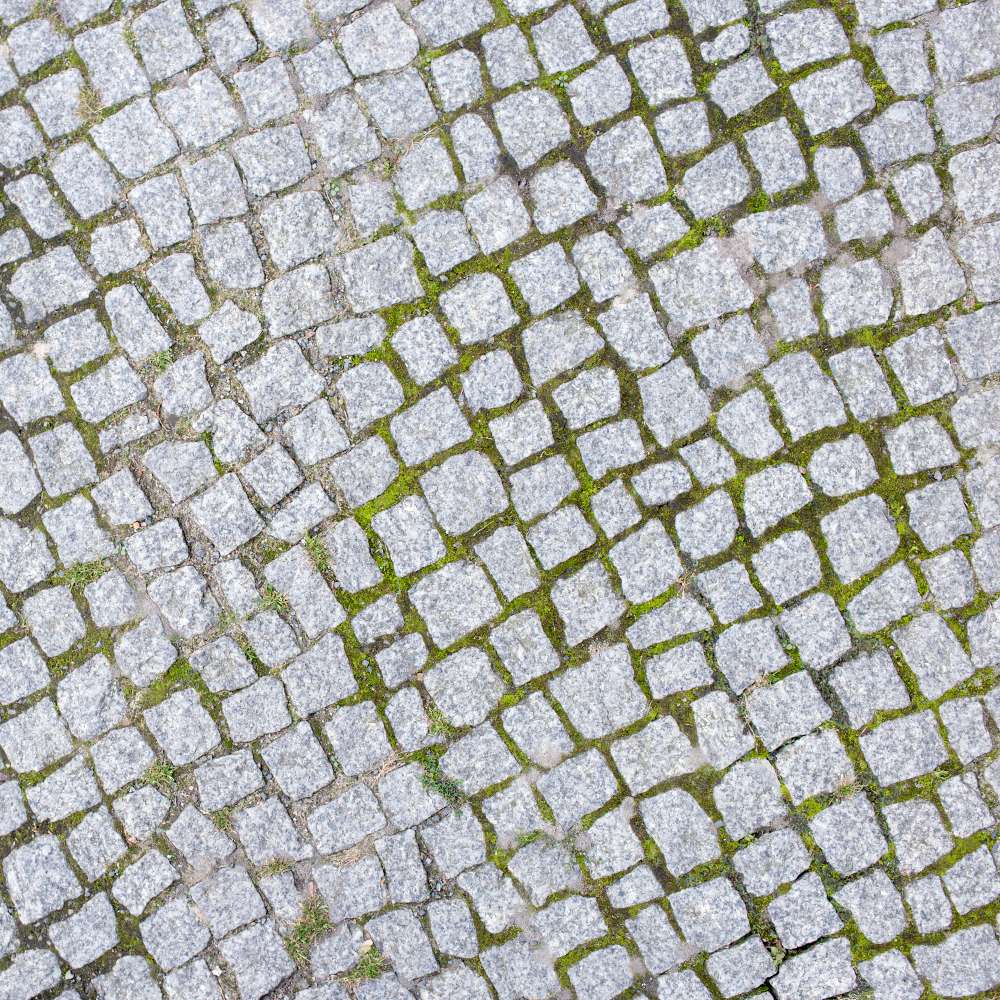
Step 1: Plan and Measure the Area
Start by deciding where you want to lay the pavers. Use a measuring tape to mark the boundaries and ensure the layout fits your desired space. Drive small stakes into the ground at the corners and connect them with string to create a clear outline. Consider the natural slope of the ground for drainage purposes. A slight slope away from structures helps prevent water accumulation.
Step 2: Clear and Level the Ground
Remove grass, weeds, and any debris from the area using a shovel. If there are deep-rooted weeds, use a weed killer or remove them manually to prevent regrowth. Use a rake to level the surface, removing large stones or obstacles. If necessary, dig down about 2-4 inches to accommodate the thickness of the pavers and any additional base layers.
Step 3: Add a Base Layer (Optional but Recommended)
Adding a base layer of crushed gravel or sand enhances stability and prevents shifting over time. Spread a 1-2 inch layer of gravel evenly across the cleared area. Use a rake to distribute it, then compact it using a hand tamper or plate compactor. For added stability, you can place a layer of landscaping fabric underneath the gravel to prevent weed growth.
Step 4: Place the Pavers
Begin laying the pavers according to your desired pattern. Common patterns include herringbone, running bond, and basketweave. Start from one corner and work outward, placing each paver firmly on the prepared surface. Ensure they are evenly spaced, with minimal gaps. Use a level to check that each paver is sitting flat, adjusting by adding or removing soil as needed.
Step 5: Fill the Gaps with Sand or Soil
Once all pavers are in place, fill the gaps between them with sand or fine soil. Pour the sand over the pavers and use a broom to sweep it into the cracks. Continue sweeping until the gaps are completely filled. This step helps lock the pavers in place and prevents shifting. If needed, add more sand after a few days as it settles.
Step 6: Compact and Set the Pavers
Finally, use a hand tamper to gently compact the pavers, ensuring they are secure. If you used sand to fill the gaps, lightly spray water over the surface to help the sand settle. Repeat the process of adding and sweeping sand until all gaps are firmly packed. Walk over the pavers to check for movement and make necessary adjustments.
Common Mistakes to Avoid
Here are common paver installation mistakes and how to avoid them:
- Skipping the base layer – Without a base layer, pavers may shift and become uneven over time, leading to an unstable surface.
- Not leveling the ground properly – Failing to properly level the ground before laying pavers can create an uneven surface, resulting in potential tripping hazards and poor drainage.
- Placing pavers too far apart – Leaving excessive gaps between pavers can lead to instability and difficulty in maintaining the surface.
- Ignoring drainage considerations – Poor drainage can cause water to pool around the pavers, leading to erosion and shifting. Ensure the area has a slight slope to direct water away from structures.
- Using the wrong type of sand – Avoid using fine, loose sand that can wash away easily. Instead, opt for polymeric sand or coarse sand, which helps lock the pavers in place and prevents movement.
- Not compacting the pavers properly – Failing to compact the pavers after installation can lead to shifting and uneven surfaces over time. Using a tamper or plate compactor ensures a firm, stable installation.
- Forgetting to refill sand in gaps – Over time, sand or soil between the pavers may settle or wash away. Regularly checking and refilling these gaps can maintain the stability of your paver installation.
- Allowing weeds to grow between pavers – Without proper maintenance, weeds can grow between the pavers, causing them to shift. Using landscaping fabric underneath the base layer and regularly removing weeds can prevent this issue.
Maintenance Tips for Long-Lasting Pavers
Regularly Sweep and Clean the Surface
Dirt, leaves, and debris can accumulate on the pavers, leading to discoloration and moss growth. Regularly sweeping with a broom and occasionally washing with water can keep your pavers looking fresh.
Refill Sand or Soil in Gaps
Over time, the sand or soil between the pavers can wash away due to rain and foot traffic. Refill the gaps with polymeric sand or coarse sand periodically to maintain a firm and stable surface.
Prevent and Remove Weeds
Weeds can grow in the gaps between pavers, making the surface uneven. Use a weed-preventing solution or manually pull out weeds to keep the area clean. Applying a weed barrier fabric under the pavers can also help.
Check for Loose or Uneven Pavers
With time, some pavers may become loose or shift. Inspect your pavers periodically and adjust any that are out of place. Use a rubber mallet and additional sand to re-level them.
Seal the Pavers for Extra Protection
Applying a paver sealant can help protect against moisture, stains, and fading. This is especially useful for high-traffic areas or regions with extreme weather conditions. Resealing every 2-3 years can extend the life of your pavers.
Avoid Heavy Loads on the Pavers
Heavy loads such as large furniture, vehicles, or machinery can cause pavers to sink or crack over time. If your pavers are in a high-load area, consider reinforcing the base layer with additional gravel for added stability.
Recompact and Reset Pavers as Needed
If you notice uneven or sunken areas, remove the affected pavers, add fresh sand or gravel, and then recompact them into place. This helps maintain a level and safe surface.
Ensure Proper Drainage
Poor drainage can cause erosion and instability. If water is pooling on the surface, consider regrading the area or adding a drainage solution, such as a slight slope or drainage channels.
Conclusion
Laying pavers in the dirt is a simple and budget-friendly way to enhance your outdoor space. By following these steps, you can create a sturdy and visually appealing patio or walkway with minimal effort. Now that you know how do you lay pavers in dirt, it’s time to start your DIY project and enjoy the transformation!

